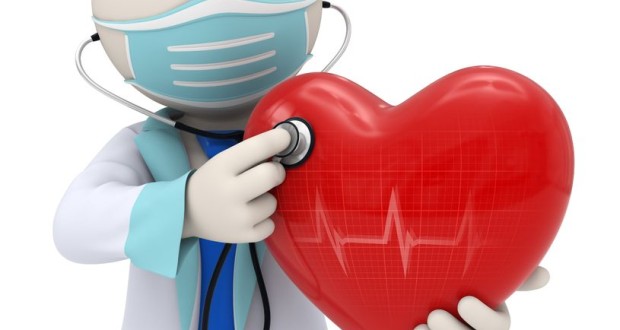At first glance, it might sound like something straight out of a B-grade science fiction/horror movie ‒ transplanting a dead heart into a very living body. As unbelievable as it may sound, such a procedure was successfully completed in late 2014, and may have a lasting impact on organ transplant surgery.
Reinvigorating the Body
This new type of transplant was performed multiple times by surgeons at St. Vincent’s Hospital in Sydney, Australia. What this group managed to accomplish was nothing short of remarkable; hearts that had gone as long as 20 minutes without beating were revived, and subsequently placed into the bodies of three individuals. In each case, the formerly dormant hearts were successfully implanted in new bodies, giving the recipients a new lease on life.
The first of the three people to be given a revived heart, 57-year old Michelle Gribilas, stated that the operation had made her a “different person. I feel like I’m 40 years old. I’m very lucky.” Before receiving the transplant, Gribilas’ health had deteriorated greatly due to congenital heart failure, to the point that she was unable to walk 100 meters (roughly 328 feet) without encountering serious difficulties. With a brand new heart in place, she can now scale over 100 stairs and walk 3 meters (1.86 miles) on a daily basis.
Thinking Inside the Box
The linchpin behind the success of this procedure is a machine called a “”heart-in-a-box.” This device was the end result of collaboration between St. Vincent’s doctors and the Victor Chang Cardiac Research Institute, a research facility based in Darlinghurst, Australia. The heart-in-a-box facilitates “dead heart” transplants with the aid of an oxygenated and nutrient-filled nourishing fluid, which preserves the heart before it is transferred to the recipient. To get the static heart beating again, the machine (known officially as the ex vivo Organ Care system, or OCS) relies on a sterile circuit. This circuit is also used to keep the heart at a sufficiently warm temperature.
While surgeons have been able to perform heart transplants since the 1960s, the only source for donated hearts has been people who have suffered brain death. Additionally, these hearts could only be used if they were still beating at the beginning of a transplant procedure. St. Vincent doctors have long sought to overcome these obstacles, spending the last two decades attempting to develop a practical method for restarting inactive hearts. After much hard work, it appears the researchers’ efforts are beginning to pay off. “”This breakthrough represents a major inroad to reducing the shortage of donor organs” stated Peter MacDonald, the Medical Director of St. Vincent’s Heart Transplant Unit.
The researchers plan to build on their recent accomplishment, as they are still determining how long a heart can be dormant before being resuscitated in an OCS machine. As of October 2014, this group has successfully restored beating in hearts after more than thirty minutes of inactivity. The initial three recipients of these revived hearts could be the first of many to have their lives prolonged by this technique; it is estimated that the procedure may result in a roughly 30 percent increase in the number of lives saved by heart transplants.
 Natural Knowledge 24/7 Educate yourself with nutrition, health and fitness knowledge.
Natural Knowledge 24/7 Educate yourself with nutrition, health and fitness knowledge.






